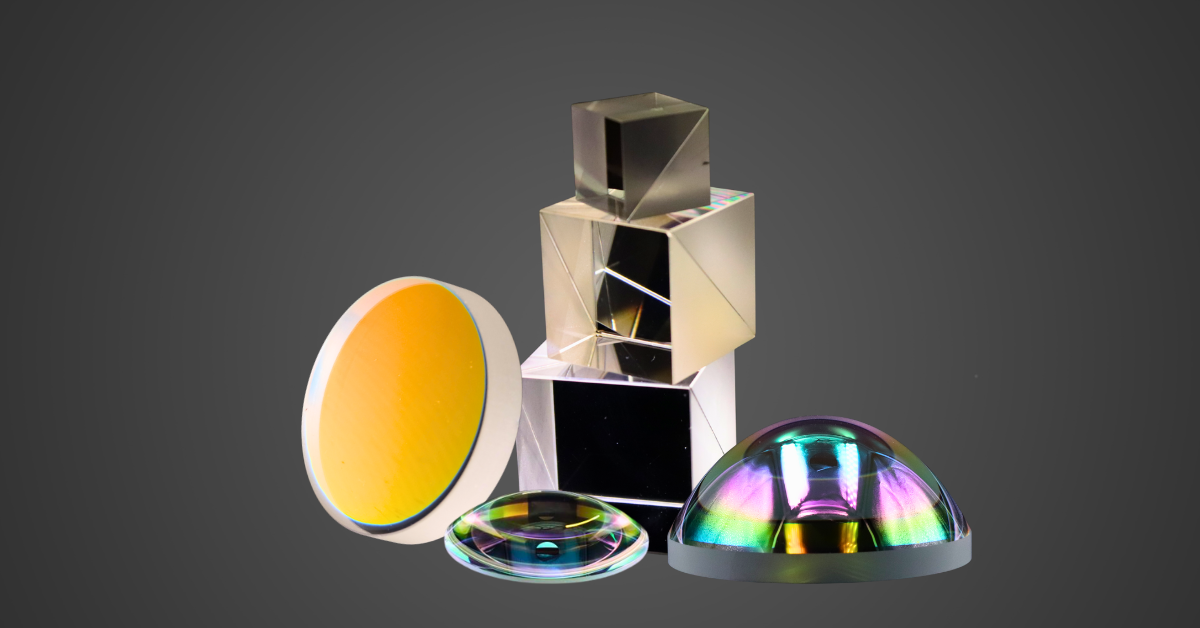Laser optics play a pivotal role in today’s medical landscape, enabling surgeons to perform ultra-precise, minimally invasive procedures with exceptional accuracy. A laser—short for Light Amplification by Stimulated Emission of Radiation—produces a high-intensity beam of coherent light at a controlled wavelength. Depending on the application, this concentrated energy can cut, sculpt, seal tissue, or stimulate cellular repair.
From cataract surgery to cancer treatment, laser optical components such as mirrors, lenses, prisms, and filters ensure exact control of the beam. These specialized components are engineered for high damage thresholds, low scattering, and precise wavelength compatibility—making them indispensable for safe and effective surgical outcomes.
Surgical laser systems rely on much more than the light source itself. A network of precision optical elements guides and conditions the beam for maximum control:
Because different tissues respond uniquely to specific wavelengths, the choice of laser type is crucial:
Each wavelength and optical design is tailored to maximize therapeutic effects while minimizing trauma to surrounding tissue.
Lasers are also central to photodynamic therapy (PDT), a treatment that combines light with a photosensitizing drug. Once absorbed by cancerous or precancerous cells, the drug is activated by laser light, triggering cell death and boosting the body’s immune response. This makes PDT a powerful option for oncology and dermatology, with laser optics ensuring controlled light delivery at therapeutic wavelengths.
Cataracts—the leading cause of vision loss worldwide—occur when proteins and pigments cloud the natural lens. Modern cataract surgery increasingly depends on femtosecond lasers for lens fragmentation, enabling safer and more accurate removal before implantation of an intraocular lens (IOL).
These ultrafast solid-state lasers (Nd:YAG, Er:YAG, Ti:Sapphire) deliver pulses in the femtosecond range (100–1000 fs), guided by optical coherence tomography (OCT) imaging for unparalleled precision. Key optical elements include:
The result is safer cataract removal, faster recovery times, and improved patient outcomes—all made possible by advanced surgical laser optics.

Laser Optics
As the demand for minimally invasive and highly effective medical treatments continues to grow, laser optics remain at the forefront of surgical innovation. From delicate retinal corrections to life-saving oncology therapies, the performance of every medical laser depends on the quality and precision of its optical components.
By combining state-of-the-art laser technology with custom-engineered optical components, today’s surgeons can deliver treatments that are faster, safer, and more effective than ever before.